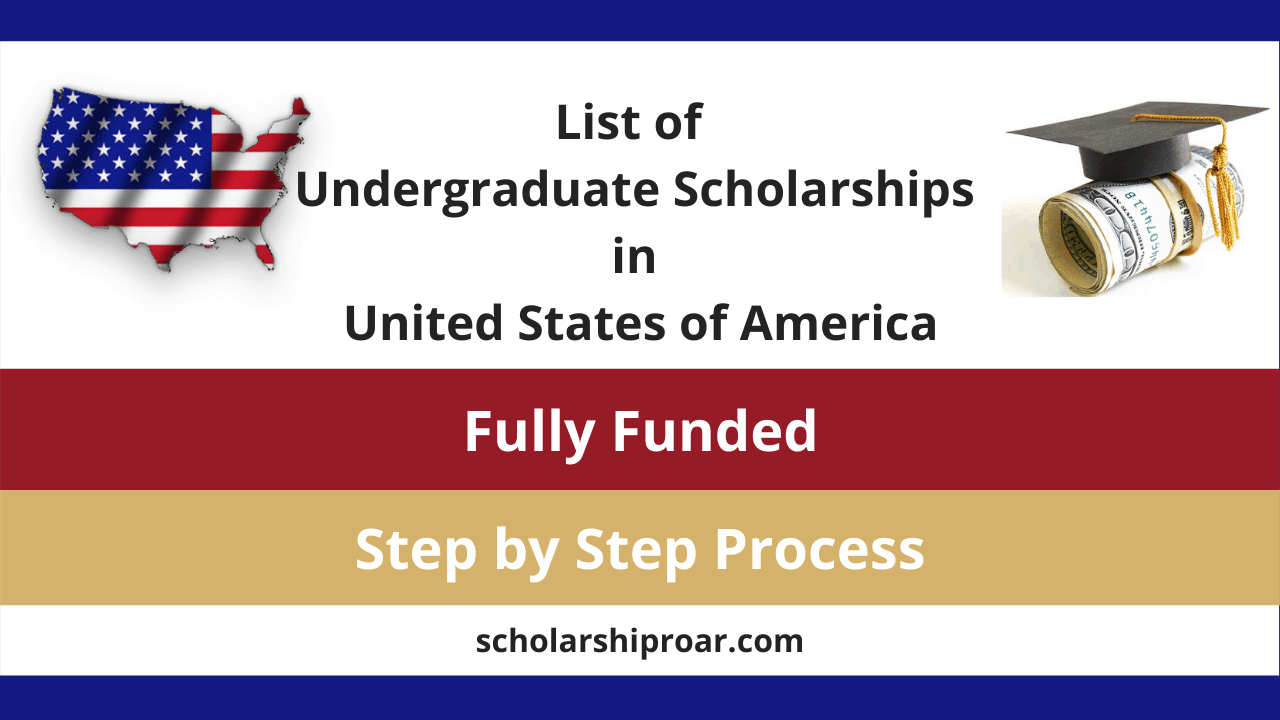Engineering, a field that drives innovation and shapes our world, demands a strong foundation and significant resources. The cost of pursuing an engineering degree can be daunting, particularly for students from underprivileged backgrounds. Fortunately, numerous state-funded undergraduate scholarships offer financial assistance, making the dream of becoming an engineer more accessible.

This article delves into the landscape of state-funded engineering scholarships, providing a comprehensive guide to help aspiring engineers navigate this vital avenue of financial support.
Understanding the Landscape:
State-funded scholarships are merit-based, need-based, or a combination of both. They are awarded by individual states or state-affiliated organizations to encourage and support the education of future engineers who will contribute to the state’s economic growth and societal progress.
Key Types of State-Funded Scholarships:
Merit-Based Scholarships: Awarded to students with outstanding academic achievements, demonstrated leadership qualities, and a commendable record of extracurricular involvement. These scholarships often target high school graduates who excel in mathematics, science, and technology.
Need-Based Scholarships: Designed to alleviate the financial burden on students from low-income families. These scholarships take into account factors like family income, assets, and expenses to determine eligibility.
Specialty Scholarships: Some states offer scholarships dedicated to specific engineering disciplines, such as civil, mechanical, biomedical, or computer engineering. These scholarships target students pursuing careers in high-demand fields vital to the state’s economy.
The Application Process:
Applying for state-funded engineering scholarships typically involves the following steps:
Identifying Eligible Scholarships: Research the scholarship opportunities available in your state. Utilize online resources like the state’s department of education website, scholarship search engines, and university financial aid offices.
Meeting Eligibility Criteria: Carefully review the specific requirements for each scholarship. Ensure you meet the academic standards, residency requirements, and other eligibility criteria.
Completing the Application: Fill out the application form thoroughly and accurately. Gather required documents such as transcripts, standardized test scores, letters of recommendation, and a personal essay highlighting your academic achievements, career aspirations, and financial need (if applicable).
Submitting the Application: Adhere to the application deadlines and submission guidelines. Submit your completed application package through the designated channels.
Follow-Up: After submitting your application, follow up with the scholarship provider to confirm receipt and inquire about the application status.
Tips for Success:
Start Early: Begin your scholarship search well in advance of the application deadlines.
Personalize Your Application: Tailor your application materials to each scholarship’s specific requirements and focus on showcasing your unique strengths and qualifications.
Seek Assistance: Don’t hesitate to seek guidance from your high school counselor, college advisor, or financial aid office.
Explore Additional Funding Sources: While state-funded scholarships offer valuable support, consider exploring other avenues of financial assistance, such as federal grants, private scholarships, and student loans.
FAQ:
1. Are state-funded scholarships only for residents of that state?
Yes, in most cases, state-funded scholarships are restricted to residents of the awarding state.
2. Can I receive both a merit-based and a need-based scholarship?
Yes, in some instances, you may be eligible for both types of scholarships.
3. How much financial aid can I receive from state-funded scholarships?
The amount of financial aid varies depending on the specific scholarship program, its funding level, and the student’s eligibility criteria.
4. Are there any specific academic requirements for state-funded engineering scholarships?
Yes, most scholarships have minimum GPA requirements, standardized test scores, or other academic benchmarks.
5. How can I find a comprehensive list of state-funded engineering scholarships?
Utilize online scholarship search engines, the websites of state education departments, and resources provided by your high school or college.
Conclusion:
State-funded undergraduate engineering scholarships offer a lifeline to aspiring engineers, removing financial barriers and enabling them to pursue their dreams of shaping the future. By understanding the types of scholarships available, navigating the application process diligently, and emphasizing your strengths, students can unlock a world of opportunities in the exciting field of engineering. With dedication and perseverance, these scholarships can pave the way for a successful and rewarding career in engineering, contributing to the advancement of society and innovation for generations to come.
Closure
Thus, we hope this article has provided valuable insights into Building the Future: Navigating State-Funded Undergraduate Engineering Scholarships. We hope you find this article informative and beneficial. See you in our next article!